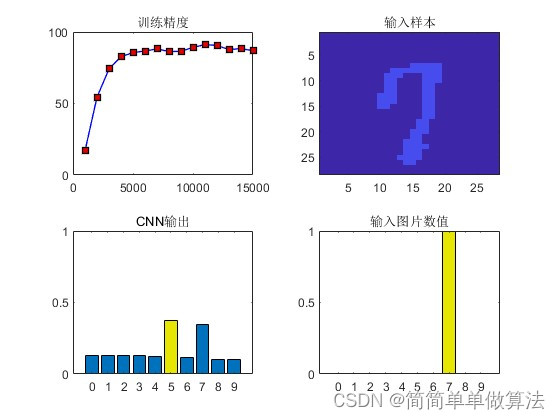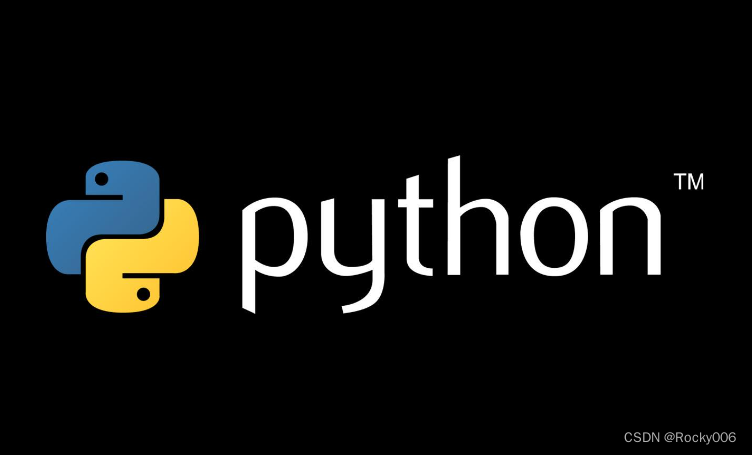本文介绍: 图论算法是解决与图相关问题的重要工具,它涵盖了图的表示、遍历、最短路径、最小生成树等多个方面。在Python中,可以使用字典等数据结构来表示图,通过深度优先搜索、广度优先搜索、Dijkstra算法、Prim算法等实现图论算法。理解图论算法的基本概念、实现方式和应用场景,将有助于更好地应用图论算法解决实际问题。
Python中的图论算法(Graph Algorithms):高级数据结构解析
图是一种由节点(顶点)和边组成的数据结构,用于表示不同元素之间的关系。图论算法旨在解决与图相关的问题,例如路径查找、最短路径、最小生成树等。在本文中,我们将深入讲解Python中的图论算法,包括图的表示、常见算法、应用场景,并使用代码示例演示图论算法的操作。
基本概念
1. 图的表示
在Python中,图可以使用邻接矩阵或邻接表的方式进行表示。
class GraphAdjacencyMatrix:
def __init__(self, num_vertices):
self.num_vertices = num_vertices
self.matrix = [[0] * num_vertices for _ in range(num_vertices)]
def add_edge(self, start, end):
self.matrix[start][end] = 1
self.matrix[end][start] = 1
# 示例
graph_matrix = GraphAdjacencyMatrix(5)
graph_matrix.add_edge(0, 1)
graph_matrix.add_edge(1, 2)
graph_matrix.add_edge(2, 3)
graph_matrix.add_edge(3, 4)
from collections import defaultdict
class GraphAdjacencyList:
def __init__(self):
self.graph = defaultdict(list)
def add_edge(self, start, end):
self.graph[start].append(end)
self.graph[end].append(start)
# 示例
graph_list = GraphAdjacencyList()
graph_list.add_edge(0, 1)
graph_list.add_edge(1, 2)
graph_list.add_edge(2, 3)
graph_list.add_edge(3, 4)
2. 图的遍历
图的遍历是访问图中所有节点的过程。常见的图遍历算法有深度优先搜索(DFS)和广度优先搜索(BFS)。
def dfs(graph, start, visited=None):
if visited is None:
visited = set()
visited.add(start)
print(start, end=" ")
for neighbor in graph[start]:
if neighbor not in visited:
dfs(graph, neighbor, visited)
# 示例
dfs(graph_list.graph, 0)
from collections import deque
def bfs(graph, start):
visited = set()
queue = deque([start])
visited.add(start)
while queue:
current = queue.popleft()
print(current, end=" ")
for neighbor in graph[current]:
if neighbor not in visited:
queue.append(neighbor)
visited.add(neighbor)
# 示例
bfs(graph_list.graph, 0)
常见算法
1. 最短路径算法
import heapq
def dijkstra(graph, start):
distances = {vertex: float('infinity') for vertex in graph}
distances[start] = 0
priority_queue = [(0, start)]
while priority_queue:
current_distance, current_vertex = heapq.heappop(priority_queue)
if current_distance > distances[current_vertex]:
continue
for neighbor, weight in graph[current_vertex].items():
distance = current_distance + weight
if distance < distances[neighbor]:
distances[neighbor] = distance
heapq.heappush(priority_queue, (distance, neighbor))
return distances
# 示例
graph_weighted = {
0: {1: 1, 2: 4},
1: {0: 1, 2: 2, 3: 5},
2: {0: 4, 1: 2, 3: 1},
3: {1: 5, 2: 1}
}
shortest_distances = dijkstra(graph_weighted, 0)
print("Shortest Distances:", shortest_distances)
2. 最小生成树算法
import heapq
def prim(graph):
start_vertex = list(graph.keys())[0]
visited = {start_vertex}
edges = [
(cost, start_vertex, to_vertex)
for to_vertex, cost in graph[start_vertex].items()
]
heapq.heapify(edges)
minimum_spanning_tree = []
while edges:
cost, from_vertex, to_vertex = heapq.heappop(edges)
if to_vertex not in visited:
visited.add(to_vertex)
minimum_spanning_tree.append((from_vertex, to_vertex, cost))
for neighbor, neighbor_cost in graph[to_vertex].items():
if neighbor not in visited:
heapq.heappush(edges, (neighbor_cost, to_vertex, neighbor))
return minimum_spanning_tree
# 示例
graph_weighted = {
'A': {'B': 1, 'C': 4},
'B': {'A': 1, 'C': 2, 'D': 5},
'C': {'A': 4, 'B': 2, 'D': 1},
'D': {'B': 5, 'C': 1}
}
minimum_spanning_tree = prim(graph_weighted)
print("Minimum Spanning Tree:", minimum_spanning_tree)
图论算法的应用场景
图论算法在实际应用中有广泛的应用,包括但不限于:
总结
图论算法是解决与图相关问题的重要工具,它涵盖了图的表示、遍历、最短路径、最小生成树等多个方面。在Python中,可以使用字典等数据结构来表示图,通过深度优先搜索、广度优先搜索、Dijkstra算法、Prim算法等实现图论算法。理解图论算法的基本概念、实现方式和应用场景,将有助于更好地应用图论算法解决实际问题。
原文地址:https://blog.csdn.net/weixin_46178278/article/details/134747270
本文来自互联网用户投稿,该文观点仅代表作者本人,不代表本站立场。本站仅提供信息存储空间服务,不拥有所有权,不承担相关法律责任。
如若转载,请注明出处:http://www.7code.cn/show_30538.html
如若内容造成侵权/违法违规/事实不符,请联系代码007邮箱:suwngjj01@126.com进行投诉反馈,一经查实,立即删除!
声明:本站所有文章,如无特殊说明或标注,均为本站原创发布。任何个人或组织,在未征得本站同意时,禁止复制、盗用、采集、发布本站内容到任何网站、书籍等各类媒体平台。如若本站内容侵犯了原著者的合法权益,可联系我们进行处理。






